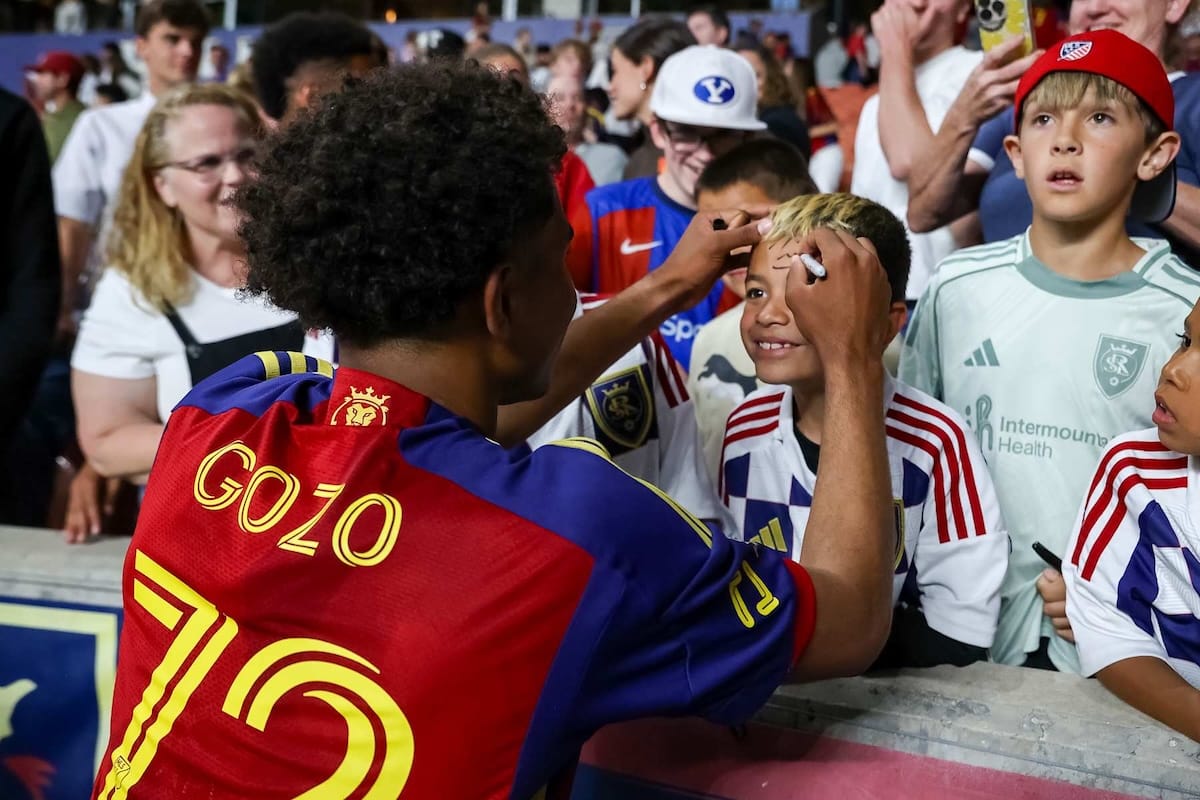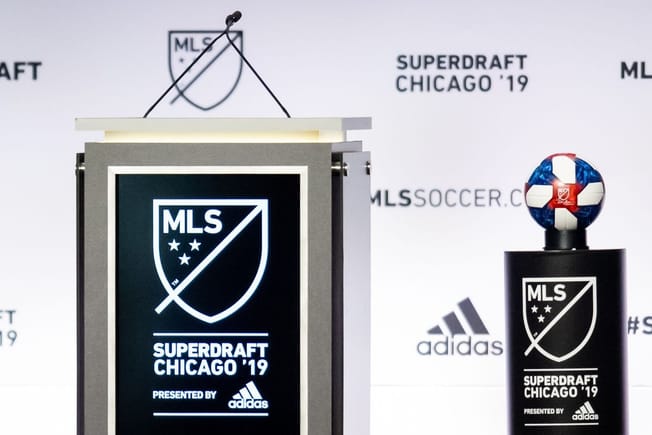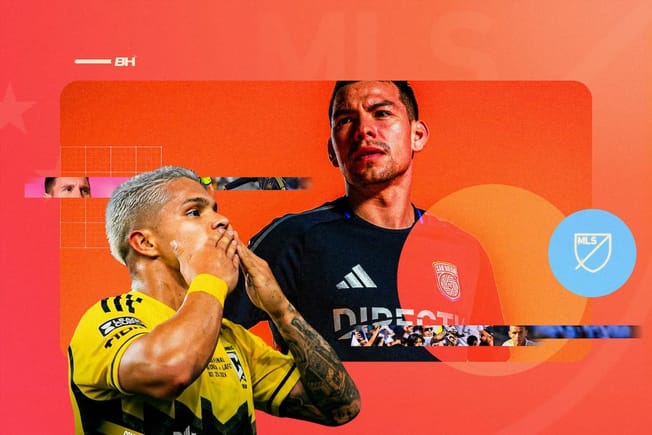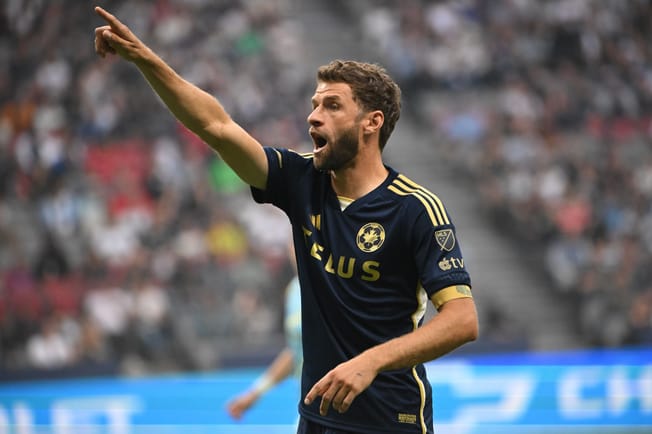Flash back to 2015, and the American lower leagues were composed of just 35 fully professional clubs split across the NASL and USL Pro. The USL, years away from rebranding under the “Championship” banner, played host to seven MLS-affiliated teams that year.
In 2025, the landscape couldn’t be more different. The USL Championship has 24 independent clubs all its own, bolstered by 14 organizations in third-tier USL League One. All of the MLS affiliates have decamped to MLS Next Pro. The count of professional clubs underneath MLS is up to 67.
Those tectonic shifts have fundamentally changed how player development works within the American game. In discussion with Backheeled, Asher Mendelsohn, technical director of the Houston Dynamo, and Tony Beltran, assistant general manager of Real Salt Lake, broke down how their clubs are striving to make the most of the evolving lower divisions.
MLS Next Pro, the “bridge”
In its own right, the creation of MLS Next Pro has been a major boon for the talent pipeline. This season, more than 700 players have appeared in the MLS regular season. 40% of them have prior experience in Next Pro. Among that subset, the average player has accumulated more than 1,200 minutes in the third division.
“It's been a huge development because it allows us to bridge our academy program with our first team, which wasn't always the case,” Mendelsohn said. “When I was in Columbus, back in the 2014 to 2018 period, there was no bridge. We were having very talented young players – whether that's an Aidan Morris, Sebastian Berhalter, Owen Wolff, Tyler Wolff – matriculating through, and we really didn't have a great solution for them.”






